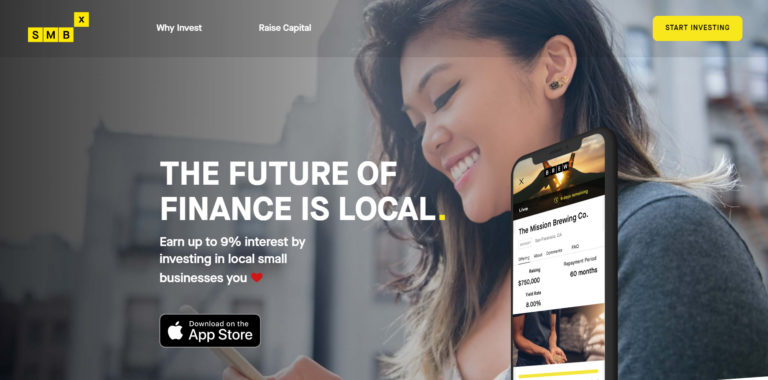One of the hardest things for a beginner freelancer is to come up with rates that are both good for him and the clients. These rates would allow the client to receive top quality for a good price (don’t fall into the trap of thinking all clients want you to work for pennies), while the professional can earn a good revenue, while working on something he loves doing.
Very small rates can mean starvation, while too big rates might also lead to starvation, since the clients might choose someone who does a similar job, but at a more competitive price.
So, the brand new freelancer is staring at the walls. Already got an invitation at a project, was contacted by a potential client or would like to make a proposal himself. “How much do I ask for?”
Been there .. done that ..
When I started freelancing, 6 years ago, I wasn’t too sure this is my dream job. Already had a steady job that required little time and the pay was good. Since I wasn’t too desperate to get jobs, I studied some rates from fellow designers and came up with my “price”.
Even if the fees weren’t as big as a web design studio for instance (my costs of working from home are of course a fraction of theirs), I still wouldn’t work for pennies. Let’s say I was in the middle.
The rates that weren’t too small and neither too big got me some jobs and the money was spent for my personal needs. Since I didn’t rely too much on my freelancing revenue, I have to admit the thought my rates might be improved never crossed my mind.
The real start for me into a more serious freelancing was on June 2009. We were all fired from our jobs (the station closed, so we were all left unemployed) and freelancing was instantly my choice as a “full-time” career.
Again, the hard question of “should I keep my previous rates and get maybe 1 client/month or decrease and work some more, thus earning some more”. Since I didn’t have anything else to work on, my bank account was empty and I still had to pay for my car monthly, not to mention a person’s gotta stay somewhere, eat and wash, can’t say I really had a choice.
So my rates dropped dramatically. Let’s say I’d work for 1/5 my previous prices. This meant a lot of work and still a better revenue. The first month I was able to just get by with all the payments and in the months that followed I “recovered” my lost wage (would earn as much as I did on the previous job), then doubled. On February, when I was preparing to leave Romania for 6 months to visit our friends in NYC, I established a new personal record: 3 times what I used to make. Now my earnings have increased even more: I earn in a week, what I used to earn at my job in a month.
Yes, I had slightly increased the rates (the more projects I do, the more clients I have, my prices go up a little) was able to work less for more money and enjoy my new life a lot. The initial drop in my prices (that hurt my pride a lot) with the more projects I would work on a monthly basis, allowed me to grow a lot as a designer, get happy customers who want to keep doing business with me and earn enough to be able to enjoy my new life.
So, from my experience, here is how I would calculate the rates:
1. How desperate am I for that money?
$100 6 years ago would be a joke. If a customer asked me to design something for this money back then, I’d laugh. Was doing pretty well with my regular job to afford being very picky and not work for less than I thought I should earn.
June 2009: $100 would be good to cover some of my expenses. 4 times this would cover my car payment. Having $100 or not having it was suddenly a problem. I’d rather have the money, so I started working for small payments, but many of them. In short time my prices increased where they should have been and I got A LOT OF EXPERIENCE and money in the end.
2. I have set for my self an hourly rate. I won’t budge under that, no matter what.
When I was working as an employee, I would get paid a wage. I had xxx hours / month to work so it was easy to come up with my hourly rate. The moment I started freelancing I’ve set myself for at least that hourly rate. No questions asked.
This would reflect in my price quotes. I know how much work comes into a .psd design, or a brand new WordPress Theme. I know how much work I DO. My rates, even if so small compared to what I’d charge 6 years ago, would still cover very nicely my hourly rate I wouldn’t compromise on.
Of course, working more and more allowed me to exponentially grow my experience. Could deliver better results and faster. More work led to better skills in the end.
3. As you grow, your rates should increase.
My prices are not as ‘affordable’ as they were 10 months ago and they have increased step-by-step. Little changes, but still, they went up. My work is 10 times better than what I’d deliver 6 years ago and my designs look better each day. By periodically increasing the rates with a small amount allowed me to not scare away my customers and still go closer to what I know my rates should be like.
Will my rates grow to what I charged 6 years ago? They should. In the meantime I am working a lot, getting paid better each month and still earn more than I ever did as an employee.




[…] Many freelancers undercharge or overcharge. As you start out and don’t yet truly value your time, you’ll probably charge too little. I know many people who compare their current hourly rate with what they’d get as employees and try to get close to that. Don’t do it. You are now paying your taxes/benefits, you will not work 40 hours/week, not to mention you’re supposed to do better as a freelancer, not work for pennies. If limited earnings is what you’re looking after, get back to your past job. […]